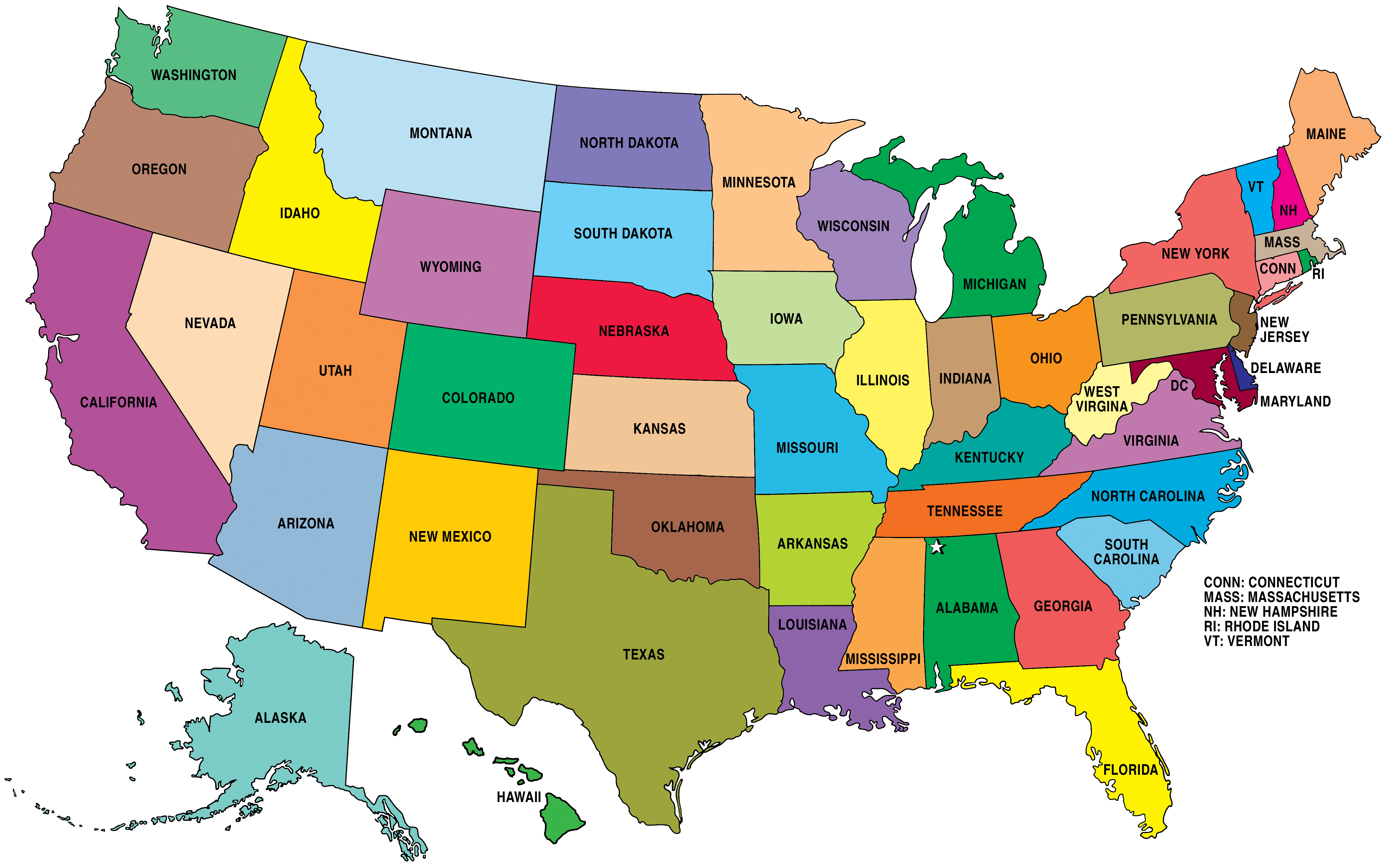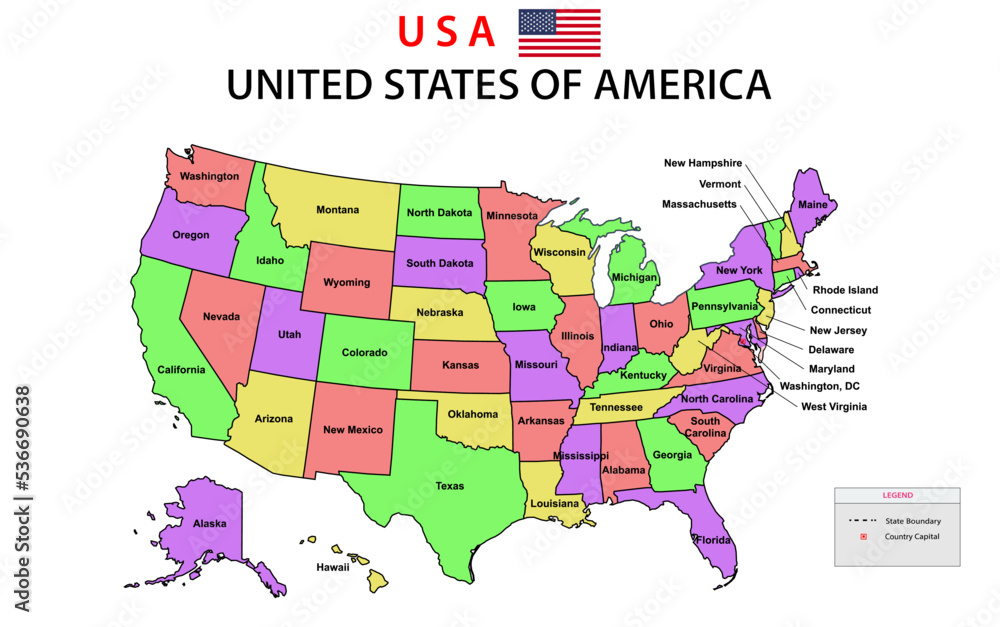Us.edu

The United States education system is one of the most diverse and complex in the world. With a wide range of institutions, from small liberal arts colleges to large public universities, the system offers a vast array of academic programs and opportunities for students. The US education system is known for its flexibility, with students able to choose from a variety of courses, majors, and degree programs. Additionally, the system is highly decentralized, with each institution having a significant amount of autonomy in terms of curriculum, admission requirements, and academic policies.
Overview of the US Education System

The US education system can be divided into several stages, including primary education, secondary education, and post-secondary education. Primary education typically lasts from kindergarten to fifth grade, while secondary education includes middle school and high school. Post-secondary education includes undergraduate and graduate programs, as well as vocational and technical training. The US is home to some of the world’s most prestigious and highly-ranked universities, including Harvard University, Stanford University, and Massachusetts Institute of Technology (MIT).
Types of Higher Education Institutions
There are several types of higher education institutions in the US, including public universities, private universities, liberal arts colleges, and community colleges. Public universities are funded by the state and are generally larger than private universities. Private universities, on the other hand, are funded by private sources and often have smaller class sizes and more personalized attention. Liberal arts colleges focus on providing a broad-based education in the arts, humanities, and social sciences, while community colleges provide two-year associate’s degree programs and vocational training.
| Type of Institution | |
|---|---|
| Public University | Larger, state-funded institutions with a wide range of academic programs |
| Private University | Smaller, privately-funded institutions with a focus on personalized attention and academic excellence |
| Liberal Arts College | Institutions that focus on providing a broad-based education in the arts, humanities, and social sciences |
| Community College | Institutions that provide two-year associate's degree programs and vocational training |

Admission Requirements and Process

Admission requirements for US universities vary depending on the institution and program. Generally, students are required to submit transcripts, standardized test scores (such as the SAT or ACT), and letters of recommendation. Some institutions may also require essays or personal statements. The admission process typically involves submitting an application, paying an application fee, and waiting for a decision from the institution.
Financial Aid and Scholarships
Financial aid and scholarships are available to help students fund their education in the US. Federal student loans and grants are available to eligible students, as well as private scholarships and institutional aid. Students can apply for financial aid by completing the Free Application for Federal Student Aid (FAFSA). Scholarships are also available from a variety of sources, including institutions, organizations, and private companies.
- Federal student loans
- Grants
- Private scholarships
- Institutional aid
Academic Programs and Majors
US universities offer a wide range of academic programs and majors, including business, engineering, computer science, and biology. Students can choose from a variety of undergraduate and graduate programs, including bachelor’s degrees, master’s degrees, and doctoral degrees. Many institutions also offer certificate programs and online courses for students who want to pursue continuing education or professional development.
What are the requirements for admission to a US university?
+Admission requirements for US universities vary depending on the institution and program, but generally include transcripts, standardized test scores, and letters of recommendation.
How do I apply for financial aid in the US?
+Students can apply for financial aid by completing the Free Application for Federal Student Aid (FAFSA), and may also be eligible for private scholarships and institutional aid.
What types of academic programs are available at US universities?
+US universities offer a wide range of academic programs and majors, including business, engineering, computer science, and biology, as well as undergraduate and graduate programs, certificate programs, and online courses.



